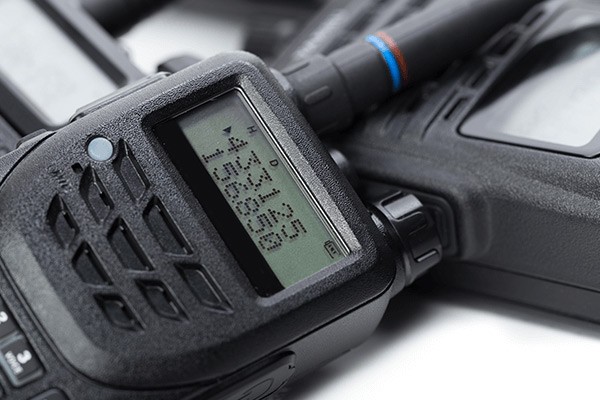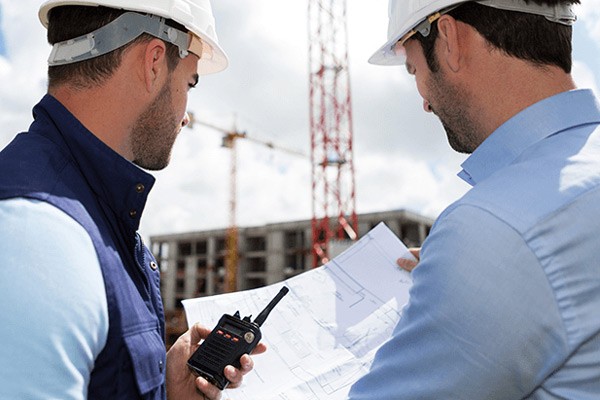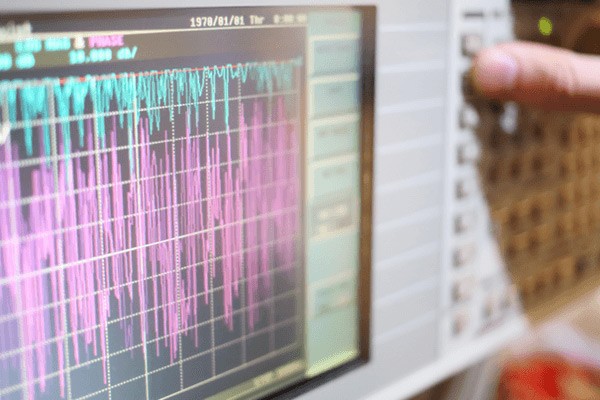Migration
Two way radio communication has been rooted in analogue technologies for most of its history. From 1923, the first mobile two way analogue radio was developed by Police in the state of Victoria, Australia.
Analogue two way radio communication was at one point the go to technology – offering the best service possible. However due to advances in technology and a change in user behaviours analogue radios have become less used - replaced with digital radio technology and changing the face of two way radios.

Migrating from Analogue to Digital Radio?
Over recent years there has been a major change within the business two way radio communications industry. The digital era has arrived and digital two way radios have become the go to solution.
In the past, all two way radio transmissions have been analogue and speech has been sent in the transmission by modulating the signal to speech patterns. This method of transmission has been extremely successful over many, many years, until now with the rise in functionality of digital two way radios.

Our Phased Approach
Our team will work closely with key stakeholders to agree the details of our phased methodology in line with operational and any initial budget constraints.
Our experience in using this approach has the benefits of establishing the migration path to a new system over an agreed period of time, which users familiarise themselves with the implementation of a replacement system.

Future Proofing
The buzzword future proof describes a product, service or technological system that will not need to be significantly updated as technology advances. In reality, very few technical purchases are truly future proof.
2826 will guide you through your new system purchase, migration or upgrade ensuring you get the most out of any investment with us.

Poor On Site Mobile Phone Coverage?
In 2023, the number of smartphone users in the world today is 6.92 Billion, which translates to 86.11% of the world’s population having access to a mobile phone, whether personally or through their employment.
Whilst a mobile or smartphone offers an array of applications to us in our personal lives such as social media and messaging services, as a business tool to communicate or collaborate as a group, functionality is limited.
